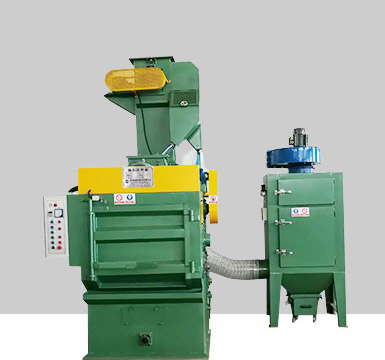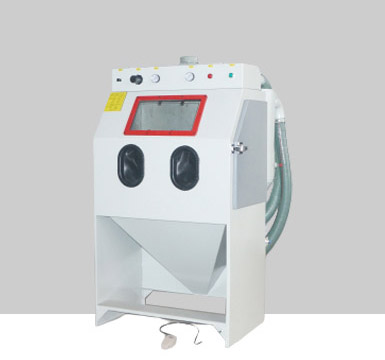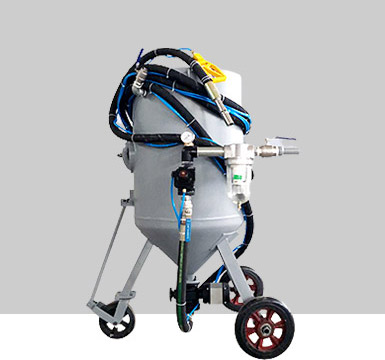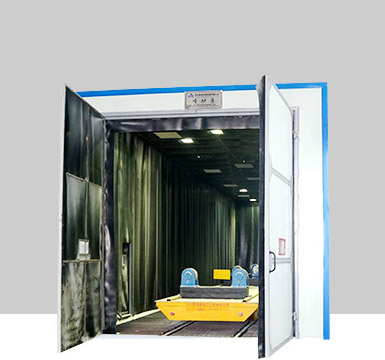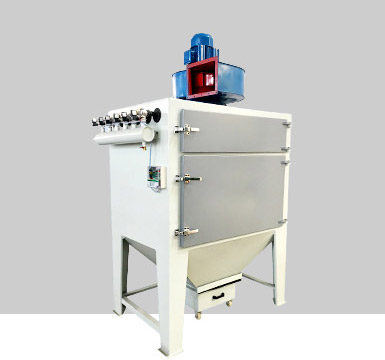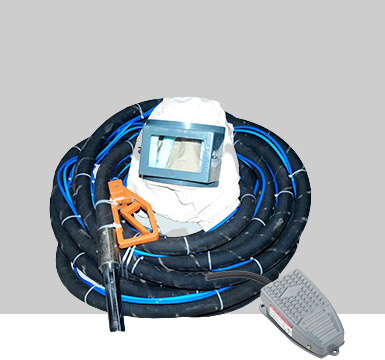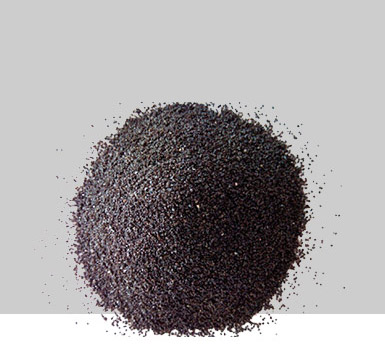What does a turntable Blast Cabinet do?
A Turntable Blast Cabinet is a specialized piece of equipment used for surface preparation and finishing. Here's a more detailed explanation of what it does:
The Turntable Blast Cabinet is designed to clean, deburr, and prepare the surfaces of various workpieces through a process called abrasive blasting. The key features of the Turntable Blast Cabinet include:
Turntable Mechanism:
The workpiece is placed on a motorized turntable inside the enclosed cabinet.
The turntable rotates the workpiece during the blasting process, ensuring uniform and comprehensive coverage.
The rotational speed of the turntable can be adjusted to accommodate different part sizes and geometries.
Abrasive Blasting:
The cabinet is equipped with one or more nozzles that project a stream of abrasive media (such as shot, grit, or sand) at high velocity onto the rotating workpiece.
The abrasive blasting action removes contaminants, rust, paint, or other unwanted materials from the surface, leaving a clean, textured finish.
The type of abrasive media used can be selected based on the specific requirements of the workpiece and the desired surface finish.
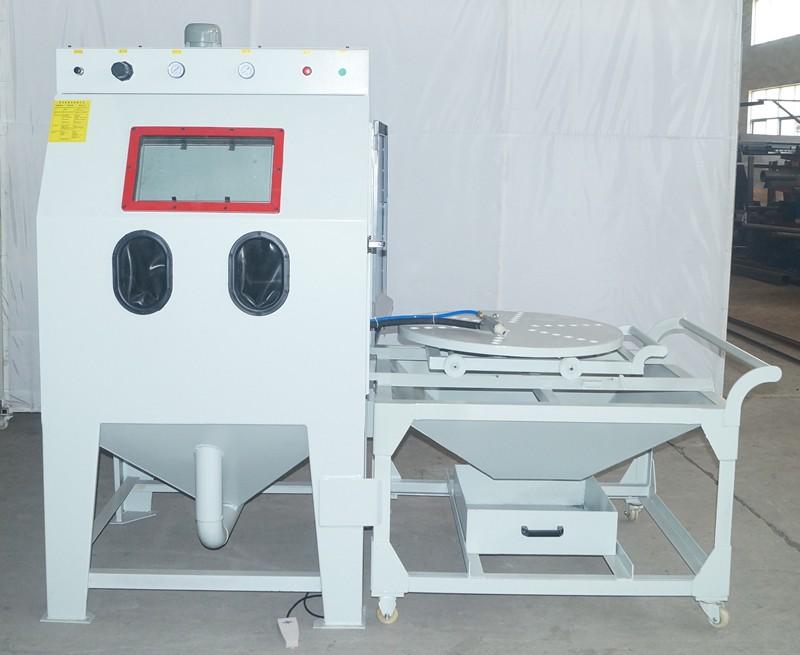
Dust Containment:
The enclosed cabinet design helps to contain the dust and debris generated during the blasting process, providing a controlled and safe working environment.
Advanced dust collection and filtration systems are often integrated into the Turntable Blast Cabinet to capture and remove the airborne particles.
Automation and Control:
Modern Turntable Blast Cabinets feature automated controls that allow users to precisely adjust parameters such as blast pressure, media flow, and turntable rotation speed.
This level of control ensures consistent and repeatable results, improving the overall efficiency and quality of the surface preparation process.
The Turntable Blast Cabinet is commonly used in industries such as automotive, aerospace, manufacturing, and metalworking, where precise and uniform surface preparation is crucial for various applications, including part cleaning, deburring, and finishing.
